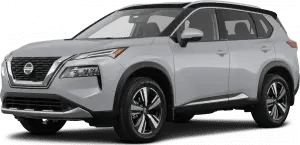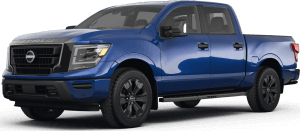Using Your Tax Refund as a Down Payment on a Car
When financing a car, you're almost always required to make a down payment. The amount you have to put down can vary from lender to lender, but if you're working with a subprime lender, they typically require at least $1,000 or 10% of the vehicle's selling price (whichever is lower).
Down payments help you save money on the total cost of your loan. When you make a down payment, you're borrowing less, which means there's less of a loan balance for interest charges to accrue on. This saves you money in the long run.
Since you're required to make a down payment, tax season is often a good time to look for a car. If you're getting a big enough refund from your taxes, you can use it to cover your entire down payment. If your refund is larger than needed, you may want to consider putting the whole thing down anyway. Doing this can help you save even more money on your loan. You can also spend the required amount for the payment and save the rest for maintenance and repairs.
Using Your Tax Refund on an Existing Car
Even though a tax refund is a good start to a new auto loan, there are many ways it can be used for an existing loan, as well. Here are just a few ideas of how to spend a refund on your car:
- Pay down or pay off your existing loan
- Make a large payment toward a new auto loan
- Invest in maintenance by getting a bigger project taken care of, such as new tires or brakes
- Use your refund for upgrades or additional options on a new vehicle
- Purchase warranty coverage











